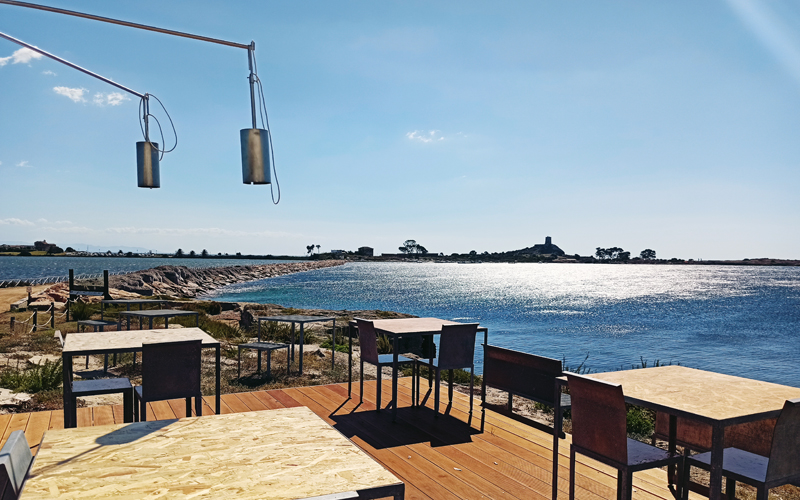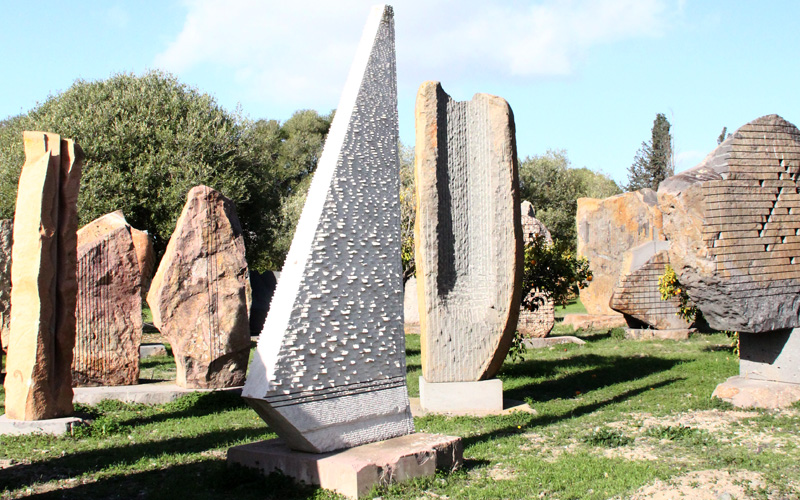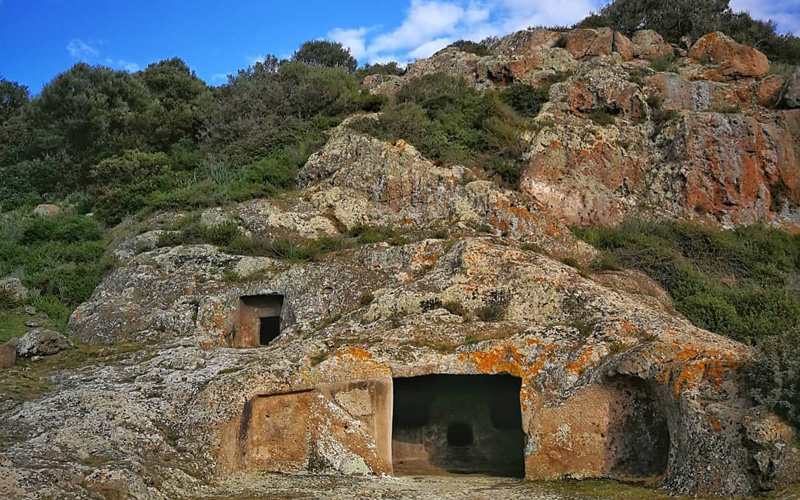Sardinians are very proud of their traditions: one of the most significative, for their identity, is the processing of bread. Bread has a long tradition especially in weddings and for the bride. Read on to find out more.
Since the Neolithic age, bread has been not only the main feed, for its nutritional value, but also a cultural, spiritual and religious symbol. In archaic rural context those who owned bread had social prestige: it was a good to show off and offer as a gift to the guest.
In the past the meaning of bread was dual. Its daily use was for nourishing the body, while during the feasts ceremonies it was used as a votive offering, symbol of fertility or as a supporting element of rituals linked to the cycle of life. The shape given to the ceremonial bread, is a true work of art reached after a long and careful processing. The famous anthropologist Albero M. Cirese, says: “The form does not nourish: it conveys information and not calories”, in fact the ceremonial bread is not necessarily eaten, it would be a sin!
In Sardinia, where symbolism represents the story’s narrative tool, ceremonial bread is the protagonist of many parties. Among the most famous we mention “su coccoi pintau”, which takes various forms depending on the festive circumstance and the imagination of the baker. Women are always the keepers of the memory that has been handed down from mother to daughter, according to unwritten codes, for centuries. Formerly the landlady, “sa Mer’e domu” took care of all the processing phases, from the raw material to the decoration and baking of the bread.
Three days before a wedding, skillful women, “sas manus bellas”, were called to help the bride in preparing the bread, made during the night. Often the bakery was accompanied by dances to the sound of launeddas and accordion, as a prelude to the great bridal party that could last up to a week. Once completed, the bread was brought to the house of the future spouses together with the kit.
The forms often refer to phallic symbols, but are largely masked by flowers, fishes, fruits, ears of wheat, doves and hearts. Sometimes, if they were small, they were donated as wedding favors, naturally not edible. Often the spouses after the wedding kept him on display in the living room, at home.
Please, find here by our suggestion: if you visit Sardinia take home a bread of this type in order to show it off as a souvenir of an unforgettable journey, it could be a good omen or top off your dream love in our beautiful land with the choreography of the weeding bread!





